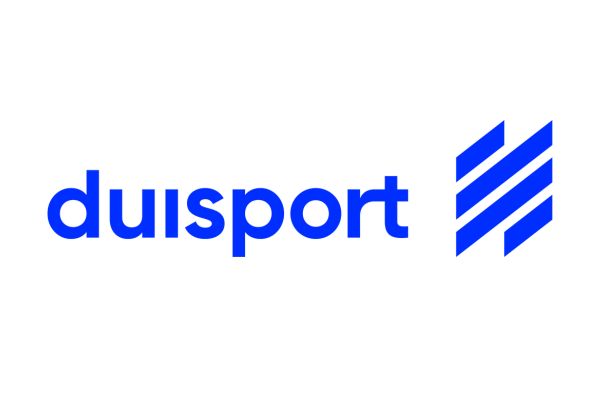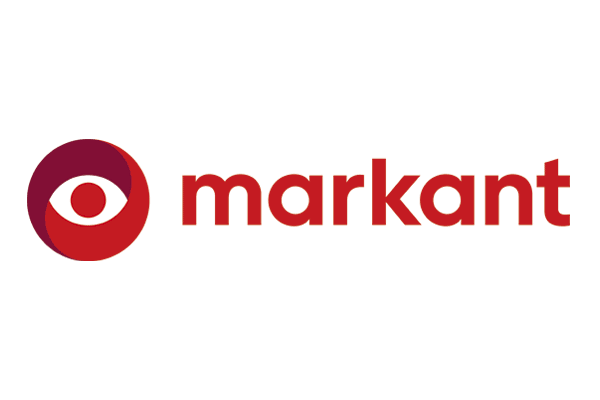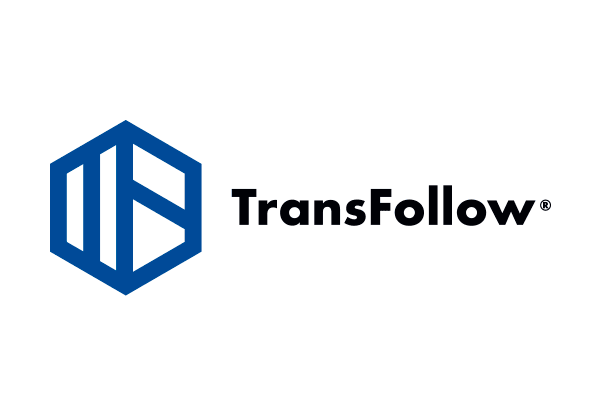Where is my consignment?
More transparency in the supply chain.
Mission of WG Track & Trace

Whether barcode, blockchain, RFID or RTLS: today, various technical options exist for tracking consignments. This allows everyone involved in a supply chain to check the status of a shipment in real-time. In principle, Track & Trace helps companies to organise their logistics processes more efficiently, ensure the quality of their service and create transparency within the supply chain. Nevertheless, in the past, every company developed its own Track & Trace solution – at considerable cost and time. However, the systems do not speak the same language, making collaboration along the supply chain more complex.
Many different transhipment points and delivery partners make planning logistics transport processes difficult enough. In addition, logistics partners often talk at cross purposes – especially if status terms such as “in transit” are not clearly defined. This usually results in non-transparent processes – especially for logistics service providers who rely on various subcontractors for their deliveries. At best, the status messages for Track & Trace are transmitted digitally but are not labelled in a standardised way. It is then up to the service providers to correctly interpret terms such as “in delivery”. Non-standardised acronyms (special vent codes) assigned to a transport phase cause additional confusion. An exact forecast, e.g. of the actual delivery time, is often challenging to make: planning becomes obsolete, and the customer only receives vague information about the actual delivery time and different information depending on the service provider.
Standardised process and interface designation
A standardised solution will be created in the new “Track & Trace” WG. To this end, an event-, notification- and data model will be developed on an open source basis. The aim is to achieve de facto standardisation. The first and most important goal is to create a shared understanding of how transport works based on the various events.
No functional platform is planned here, but rather a standardised process and interface designation. A standardised understanding of events and notifications should clarify where a delivery is. At the same time, standardised designations for delivery events will pave the way for more straightforward automation of all communication processes.
Members
People in charge of the WG Track & Trace
If you are interested in joining the Working Group, or if you have any questions related to the group’s activities, please contact:

Contact
Marius Hilb
Product Owner of IoT
DB Schenker

Contact
Nathalie Böhning
Innovation and Project Manager
Open Logistics Foundation

Only through a consistent understanding of events it is clear where a specific delivery is located. At the same time, standardised designations for delivery events pave the way for easier automation of all communication processes.
Christa Koenen, Member of the Board of Directors at Open Logistics Foundation & CIO/CDO and Member of the Board of Management at DB Schenker






















